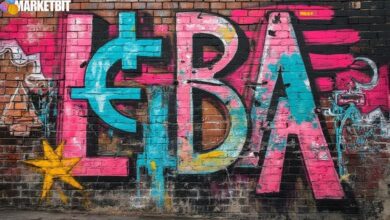Stripe Launches Stablecoin Accounts in Over 100 Countries

- Stripe introduces stablecoin financial accounts worldwide.
- Enhances global payment ease via stablecoins.
- Leverages partnerships with Bridge, Visa.
Stripe announced its launch of stablecoin financial accounts for businesses in 101 countries, marking a significant entry into the digital finance space.
The move by Stripe represents a major step toward integrating digital assets with traditional financial systems, potentially impacting global trade efficiency.
Stripe has introduced a landmark initiative where businesses in over 100 countries can now access stablecoin-powered accounts. This development includes partnerships with Bridge, which supports infrastructure, and Visa, allowing stablecoin-linked card usage.
Businesses will benefit from these new capabilities by accessing hassle-free transactions across borders. The accounts enable storing, receiving, and sending funds in both crypto and fiat, with Visa facilitating merchant transactions using stablecoins.
“Over the past year, stablecoin transaction volumes have surged over 50%. Because stablecoins make it dramatically faster and cheaper to move money internationally, many of the world’s largest companies are turning to Stripe to help assemble their stablecoin strategies.” — Patrick Collison, Co-founder & CEO, Stripe
The financial implications are notable, with increased stablecoin transaction volumes reported by Stripe, suggesting rising adoption. Furthermore, these actions enhance the legitimacy of digital currencies in traditional markets.
Stripe’s integration reflects a stronger regulatory acceptance of stablecoins, with the company noting a 50% surge in transaction volumes in the past year. This trend points to significant liquidity flows and regulatory adaption.
This initiative sets a precedent for how companies and currencies may evolve to accommodate digital assets. The improvement in financial infrastructure marks an innovative approach to international commerce, benefiting both businesses and stakeholders.




